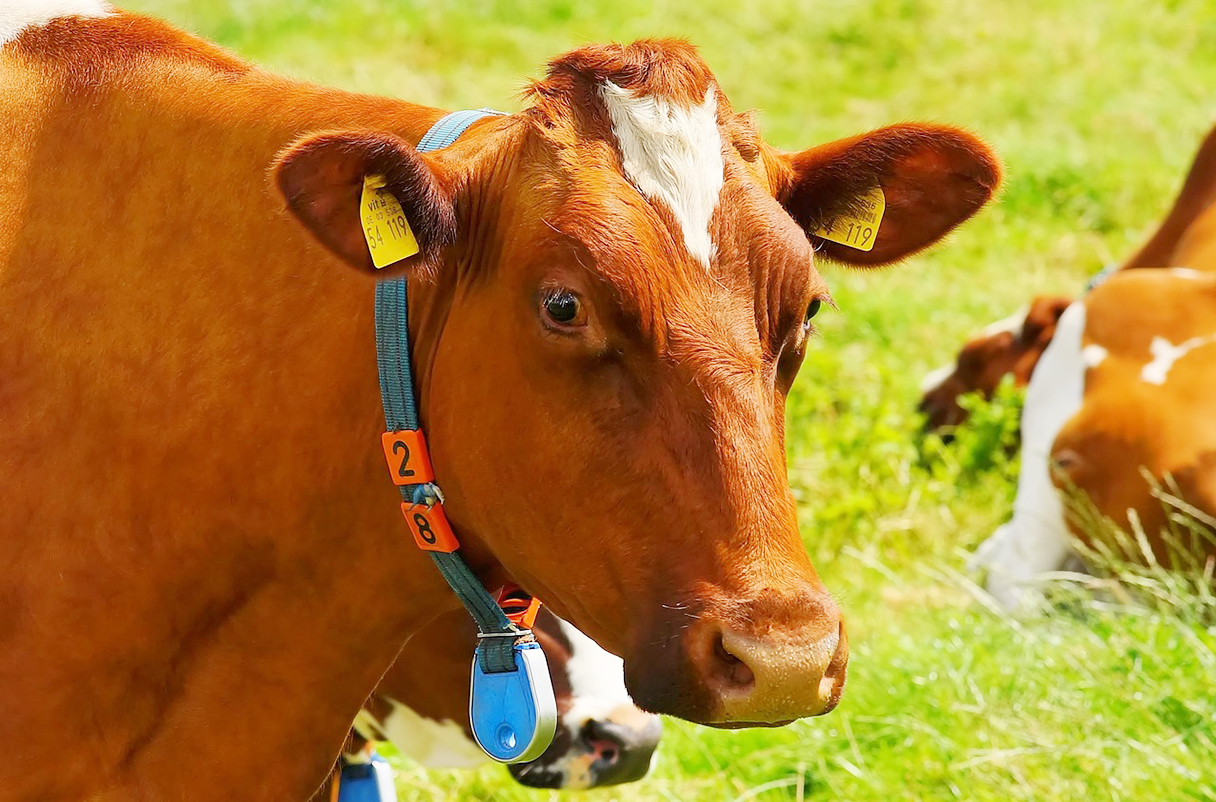Ensuring the Safety of Your Furry Friends
As a proud pet owner, I know how important it is to keep our furry friends safe and secure. One of the best ways to do this is by using animal tags. These tags provide identification for our pets, making it easier for us to locate them if they ever get lost. In this article, I will discuss the importance of animal tags, specifically RFID animal tags, and how they work to ensure the safety of our pets.
Introduction to Animal Tags
Animal tags are small pieces of metal or plastic that are attached to a pet's collar or harness. These tags contain vital information about the pet, such as their name, address, and phone number. This information is crucial in case the pet gets lost, as it makes it easier for someone who finds the pet to return it to its owner.
Over the years, animal tags have evolved to include more advanced technology, such as RFID tags. These tags use radio frequency identification technology to store and transmit information about the pet. They are becoming increasingly popular among pet owners, as they offer several benefits over traditional animal tags.

Understanding RFID Animal Tags
RFID stands for radio frequency identification. RFID animal tags contain a microchip that stores information about the pet, such as their name, age, and owner's contact information. When the tag is scanned, the information is transmitted via radio waves to a reader device.
RFID tags are more advanced than traditional animal tags, as they do not require physical contact to be read. This means that the pet can be identified from a distance, which can be particularly useful if the pet is lost or stolen.
The Importance of Animal Tags for Pet Safety
Pet safety is a top priority for all pet owners. Animal tags play a vital role in ensuring the safety of our pets. If a pet gets lost or wanders away from home, animal tags provide a way for someone who finds the pet to contact the owner.
Animal tags are also important for emergency situations. If a pet is injured or becomes ill, animal tags can help first responders quickly identify the pet and contact the owner. This can be particularly important if the owner is not present at the time of the emergency.
How RFID Animal Tags Work
RFID animal tags work by using radio waves to transmit information about the pet. The tag contains a microchip that stores the information, which is then transmitted to a reader device via radio waves.
When the reader device is within range of the tag, it sends out a radio wave signal, which is picked up by the tag. The tag then responds by transmitting the information stored on the microchip back to the reader device.
Benefits of Using RFID Animal Tags
There are several benefits to using RFID animal tags over traditional animal tags. One of the main benefits is that RFID tags do not require physical contact to be read. This means that the pet can be identified from a distance, which can be particularly useful if the pet is lost or stolen.
RFID tags are also more durable than traditional animal tags, as they are made from materials that are resistant to water, dirt, and other environmental factors. This means that the tag is less likely to become damaged or lost.
Another benefit of RFID tags is that they can store more information than traditional animal tags. This can include medical information about the pet, such as allergies or medical conditions.
Different Types of RFID Animal Tags
There are several different types of RFID animal tags available. The most common types include passive tags and active tags.
Passive tags do not have a battery and rely on the reader device to provide power. They are less expensive than active tags but have a shorter range.
Active tags have a battery and can transmit information over longer distances. They are more expensive than passive tags but are better suited for pets that are frequently outside of the home.
Choosing the Right RFID Animal Tag for Your Pet
Choosing the right RFID animal tag for your pet depends on several factors, such as their size, activity level, and environment. It's important to choose a tag that is durable and can withstand the pet's daily activities.
If the pet is frequently outside of the home, an active tag may be a better option. It's also important to consider the range of the tag, as this will determine how far away the pet can be before the tag can no longer be read.
How to Use and Maintain RFID Animal Tags
Using and maintaining RFID animal tags is relatively simple. The tag should be attached to the pet's collar or harness, and the information stored on the microchip should be updated regularly.
It's also important to check the tag periodically to ensure that it is still functioning properly. If the tag becomes damaged or stops working, it should be replaced as soon as possible.
Conclusion
In conclusion, animal tags, specifically RFID animal tags, are an essential tool for pet owners. They provide identification for our pets, making it easier to locate them if they ever get lost. They are also important for emergency situations, as they can help first responders quickly identify the pet and contact the owner.
When choosing an RFID animal tag, it's important to consider the pet's size, activity level, and environment. It's also important to use and maintain the tag properly to ensure that it is functioning correctly.
As pet owners, it's our responsibility to ensure the safety and well-being of our furry friends. Using animal tags, specifically RFID animal tags, is one way that we can do this.
